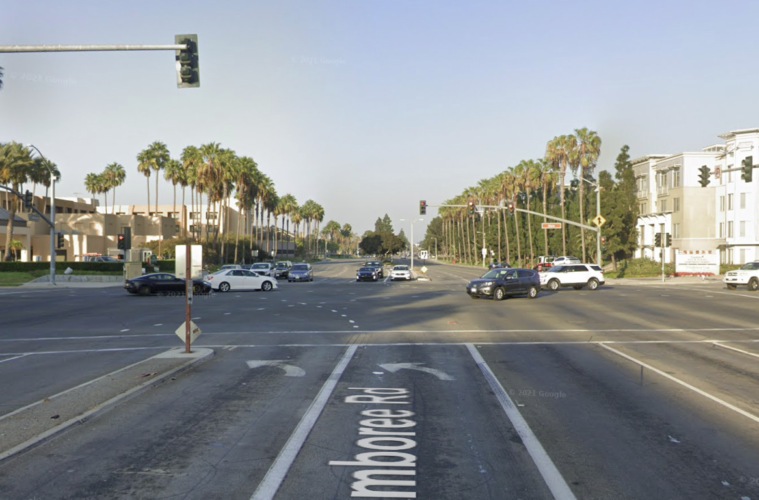With the help of a recent $6 million grant from the Vehicle Technology Office at the U.S. Department of Energy, UC Irvine’s Samueli School of Engineering will begin a nuanced traffic study involving autonomous vehicles and equip more than two dozen intersections within the city of Irvine with LiDAR-based traffic sensors.
Specifically, the Samueli School’s HORIBA Institute for Mobility and Connectivity2 will establish the Public Road Network Platform to study traffic coordination.
By conducting this traffic study, UCI Engineering Professor Scott Samuelsen said Irvine becomes a pioneer in autonomous vehicle exploration, which he hopes will lead to breakthroughs in energy efficiency.
“The public-private partnership catapults Irvine as a leading international contributor to the future of connected and autonomous transportation,” Samuelsen said. “By deploying automated monitoring and control in an intersection network, backbone data can be generated and utilized to demonstrate the improved safety, energy efficiency, and traffic flow to which cities aspire.”
To start, the study will incorporate three fleets of 10 autonomous vehicles, each with a specific autonomous feature: independent driving, shared-use driving and autonomous.
After recently announcing Irvine’s goal to transition to a carbon-neutral economy by 2030, Mayor Farrah Khan said she hopes this traffic study can provide more insight on how to improve traffic congestion.
“The city of Irvine is widely recognized for its vision in transportation planning and execution,” Khan said. “We welcome fostering our close working relationship with UCI and pioneering the future of connected and autonomous vehicles with the goal of further improving – for our citizens – traffic safety and traffic flow.”
UC Irvine’s new traffic study will also feature collaborations from the DOE Argonne National Laboratory (ANL), the UCI Institute of Transportation Studies, Velodyne Lidar, Bluecity Technology, Toyota Motor of North America, Pony.ai, and Hyundai Mobis.
While the project is expected to begin in October, it is unclear which intersections within the city of Irvine will be incorporated into the traffic study.
Advertising disclosure: We may receive compensation for some of the links in our stories. Thank you for supporting Irvine Weekly and our advertisers.

